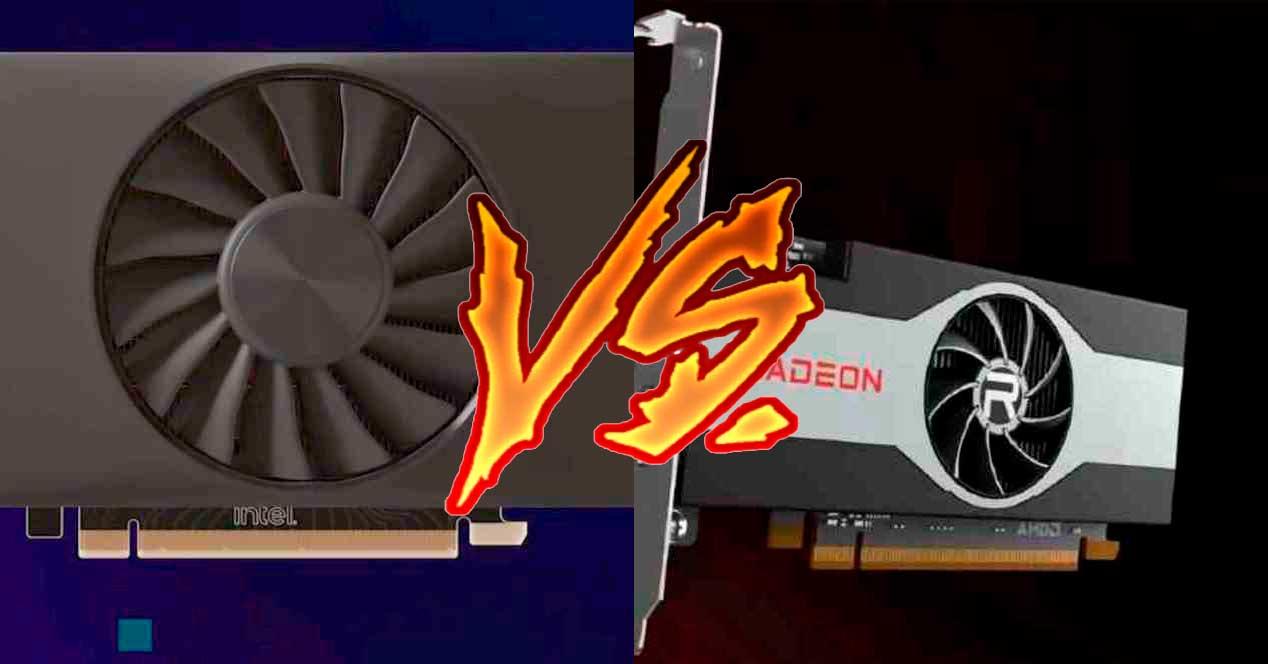The launch of Intel’s first gaming graphics card in China could end up being a jug of cold water and therefore a minor disappointment. The cause would be other than the Intel ARC A380 and AMD RX 6400 they would behave very similarly. Did Intel disappoint or should we wait for better graphics drivers to come out globally?
ARC Alchemist graphics cards prove elusive at market launch. One of the suspicions we have is that the continued lags aren’t due to poor execution, but something wrong with the graphics chip architecture. And no, we don’t mean that in a pejorative way, but Raja Koduri’s team has always specialized in taking existing architectures and refining them to achieve the best possible performance. We have already seen your work at Apple, then at AMD and now at Intel with the ARCs. Is it enough to face NVIDIA and AMD?
The Intel ARC A380 is on par with the AMD RX 6400
Well, let’s give the benefit of the doubt and hope Intel has better drivers. This is their argument for delaying the global launch, but it turns out that the performance of their A380, which is the most powerful model of their current ARC 3, links with the RX 6400, the most modest of the current dedicated AMDs. What was expected? Performance equal or close to that of the RX 6500 XT. We take into account that the AMD RX 6400 graphics card runs at 2 GHz just like the Intel A380, but the latter has 25% more floating point computing units
For the China launch of the ARC A380, Intel’s argument shifted to performance for price, achieving 21% higher performance per unit than the AMD card. This could be an indication that Intel might release its ARC Alchemist under the price argument. In other words, it would seek to attract the attention of players with less economy in order to gain a foothold in the market, which is a priority for the blue brand in its first adventure in graphics cards for twenty years.
Only for Intel Core 10 and above?
Another of the news that has appeared is the fact that we will not be able to install an ARC Alchemist on a PC that uses an Intel Core processor older than the tenth generation as a processor. The reason? Everything seems to indicate that we one of the requirements is to have the resizable bar enabled. That although it is a function of PCI Express and therefore of the motherboard, it would only be available in those that are compatible with these processors. i.e. those who wear the chipset 400, 500 or 600. As for the compatibility with the systems of its rival AMD, Intel has not decided yet.









